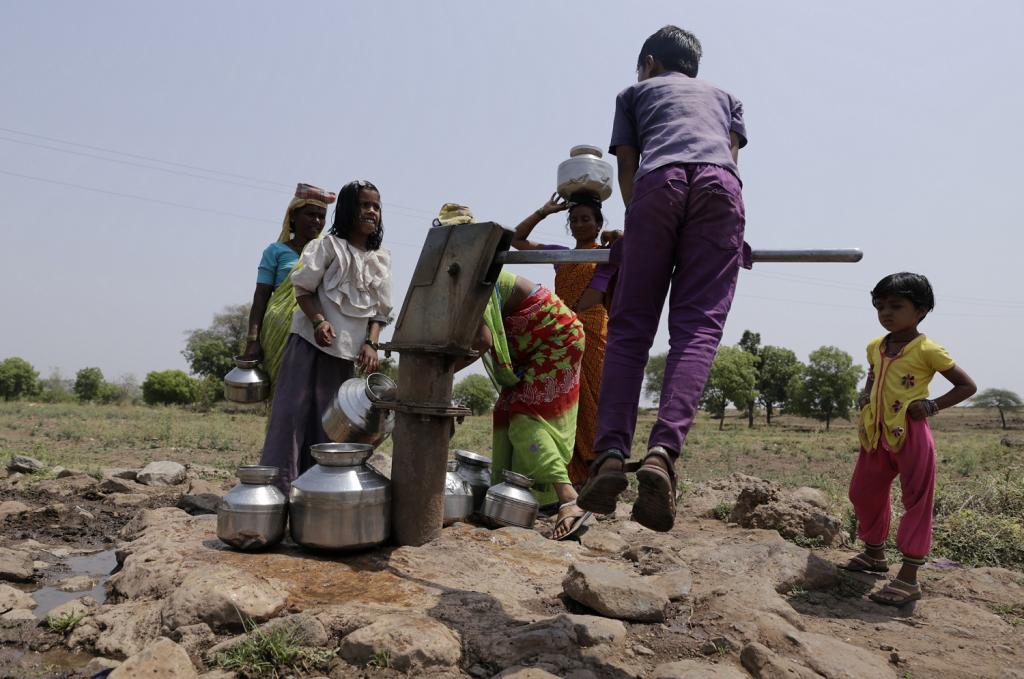
According to the India Meteorological Department, monsoon recovery has been slow after a ten-day hiatus. Although rain has begun to fall in some parts of the country, particularly in central and peninsular India, the northern limit of the monsoon (NLM) has remained unchanged for 22 days since June 19.
The NLM is the monsoon’s northernmost limit, up to which it has progressed. The NLM passed through Barmer, Bhilwara, Dholpur, Aligarh, Meerut, Ambala, and Amritsar on Sunday, indicating that the monsoon has yet to reach the entire country. By July 8, it should have covered the entire country.
According to scientists, the slow recovery of the monsoon is due to a number of large-scale factors. While the IMD predicts good rain in the next two weeks, which will help to make up for the rain deficit, overall July rain is expected to be “below normal” in several parts of northwest India, as well as parts of the south peninsula, central, east, and northeast India.
There is an 8% deficiency in rains as of Sunday, with a 23 percent deficiency in northwest India, a 6% deficiency in east and northeast India, and a 9% deficiency in central India. Over the south peninsula, there is a 7% surplus.
Delhi has a 64 percent rain deficit, while Gujarat has a 47 percent deficit, Haryana has a 37 percent deficit, Punjab has a 41 percent deficit, Kerala has a 39 percent deficit, Odisha has a 20 percent deficit, Manipur has a 62 percent deficit, and Arunachal Pradesh has a 23 percent deficit, among others.
The slow recovery has also resulted in erroneous monsoon forecasts for Delhi. On July 10, the IMD predicted that monsoon would reach Delhi, Rajasthan, Punjab, and Haryana. It is now only expected to arrive in the morning or afternoon of July 12th. “Monsoon revival is very slow. While easterly winds did set in over Delhi, clouds did not form until Sunday. The easterly winds bring a moist air parcel but for clouds to form there has to be vertical ascent of this air which did not happen. Also, there was isolated rain in Rajasthan and Punjab but spatial distribution of rain was limited on Saturday. Now it seems like monsoon is likely to make onset on Monday over Delhi,” said RK Jenamani, senior scientist, national weather forecasting centre.
Farmers have had to deal with very unusual weather conditions in July due to the slow revival of monsoon. “Temperatures have been very high and there is no rain. This is unexpected in July. Diesel consumption has increased to run our pumps which has led to higher costs to farmers. There are power outages too. In some places, the paddy crop couldn’t sustain so it has to be sown again,” said Harinder Singh Lakhowal, general secretary, Bharatiya Kisan Union.
“There are local and global factors which influence the advance of monsoon. While the break monsoon phase was mainly due to the Madden Julian Oscillation being in an unfavourable position which has gradually resolved. The slow revival of monsoon may be due to negative Indian Ocean Dipole (IOD) in combination with neutral El Niño/Southern Oscillation conditions,” explained OP Sreejith, head, climate monitoring and prediction group, IMD Pune.
“Normally negative IOD with La Niña brings good rain. But due to the impact of negative IOD with neutral La Niña, we are expecting rains to be below normal in some parts of the country. Overall, however, rains may be normal over the country during July,” Sreejith added.






